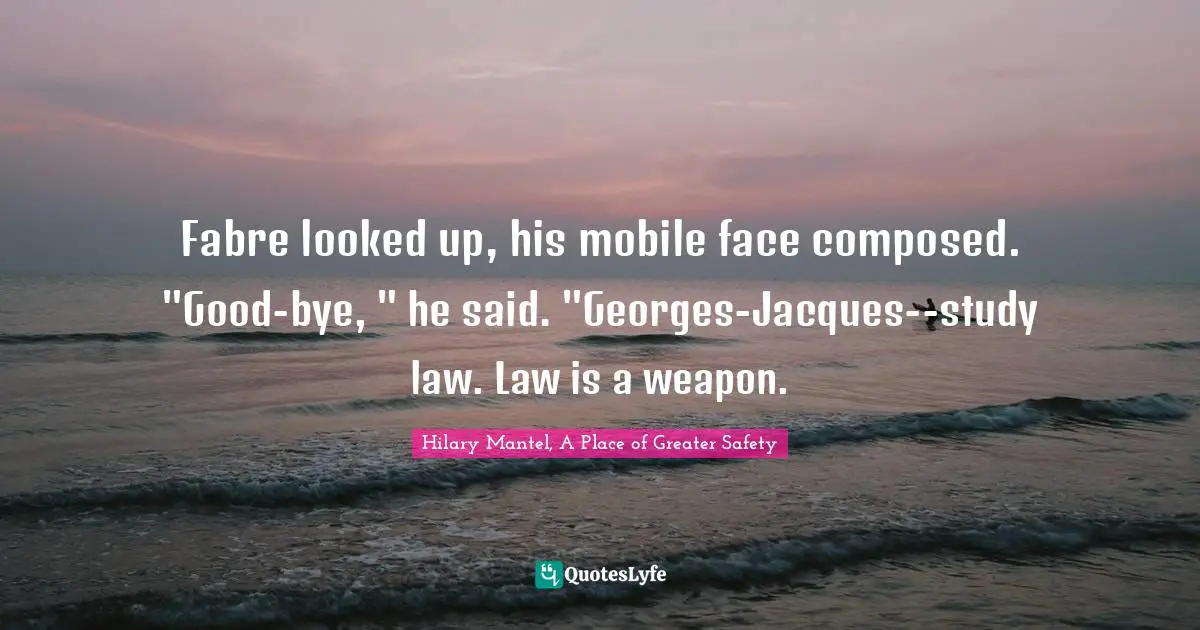


The archive is shown to play a crucial role in how individuals and social groups administer themselves through and within a burgeoning social memory apparatus. A number of case studies offer an insight into the operation of a variety of different types of archives, including cabinets of curiosity, archival artforms, architectures, performances, road-shows, time capsules, social media documentation practices, databases, and a variety of museological web-based heritage platforms. Crucially, the book evidences the fluidity and potential inter-changeability between libraries, archives and museums. This book traces the evolution of the archive across the centuries by looking at primitive, Medieval, Renaissance, Victorian and contemporary archives.

Media studies is extended into an analysis of their scientific and technological roots, while combining such specificity with exciting insights into contemporary philosophy and media theory. Instead of narrative and historical accounts of media history, Archives, Media and Cultural Memory that we need a more medium-specific account of the interaction of past and current media cultures.

Time is not registered only through historical writing but also through the microtemporality of the machines themselves. Now, in the digital age, we are faced with further challenges concerning cultural memory, remembering and forgetting. Alphabetic writing which has dominated the archive for centuries has dramatically been challenged by signal recording (photography, the phonograph, cinematography) and puzzled the archivists at the beginning of the age of media reproduction. Different media systems, from library catalogues to micro-filming, have influenced the content as well as the understanding of the historical remains of the archive itself. With an extended concept of the archive, a media archaeological and archivological approach to the past means that media can not be made into “historical” objects of research only. The archivological approach focuses on the infrastructure of media historical knowledge. Instead, it reveals the technological conditions of our contemporary techniques of memory and time. In Ernst’s media theory, archaeology becomes archivological analysis that refuses to stay on the interface level.


 0 kommentar(er)
0 kommentar(er)
